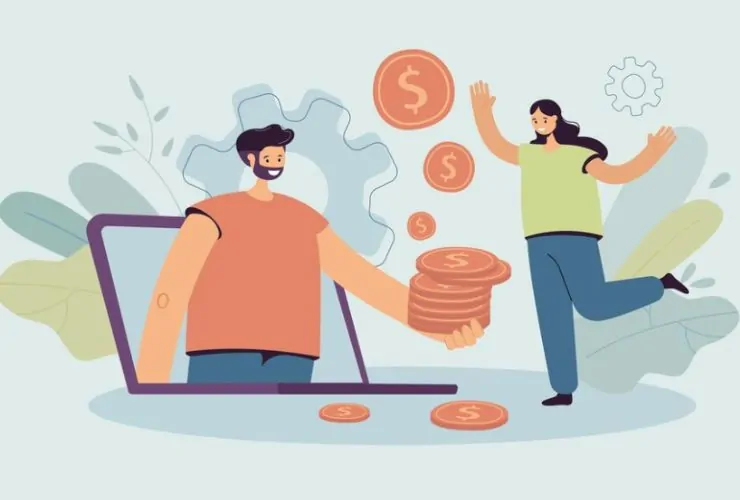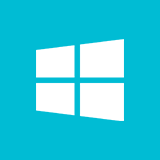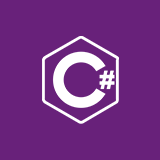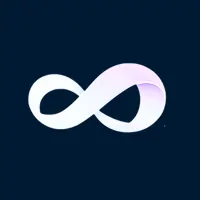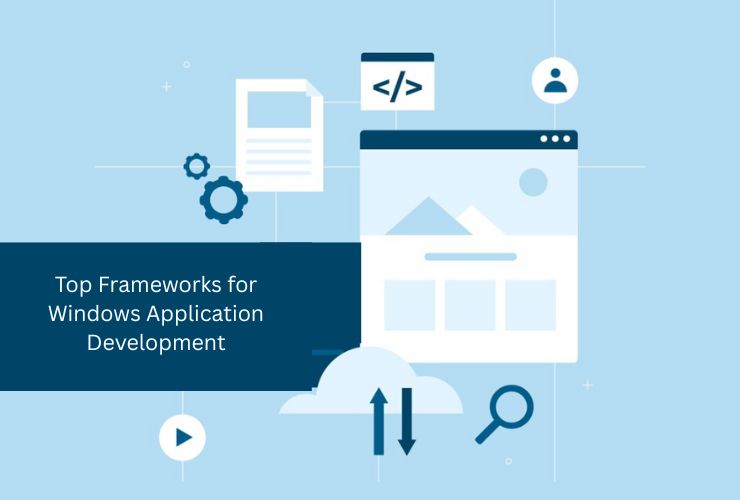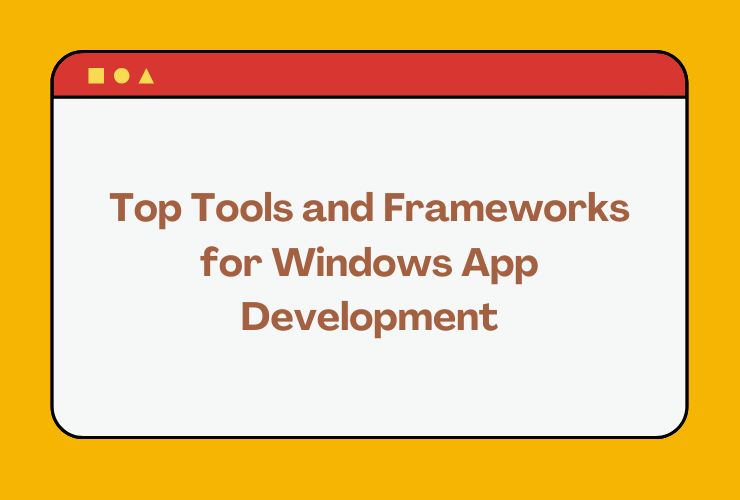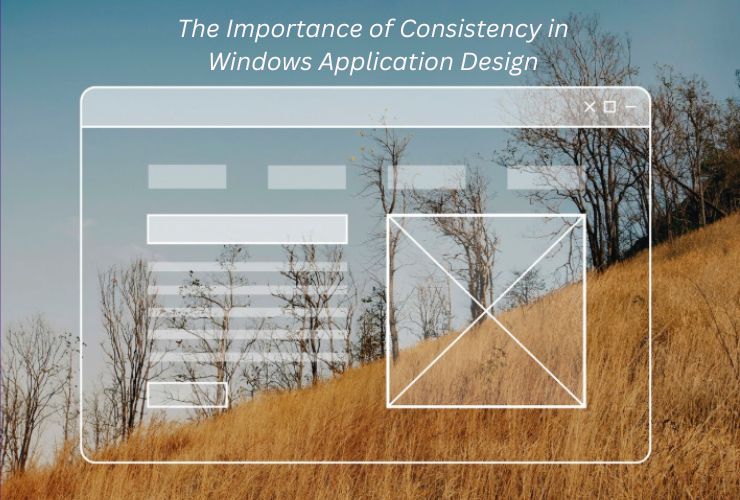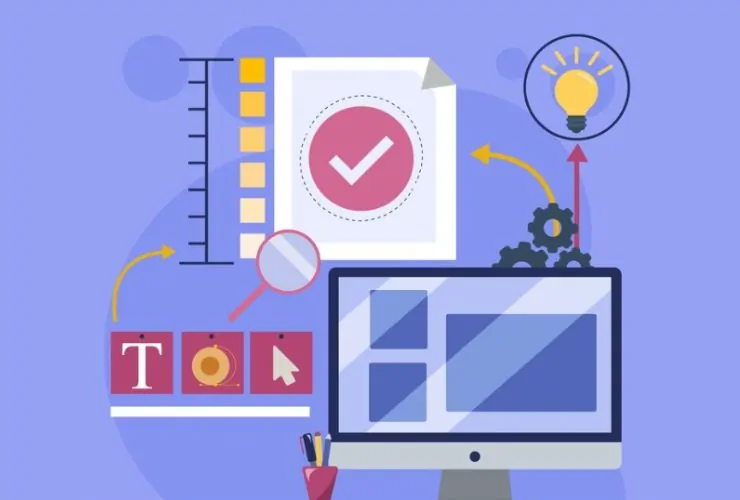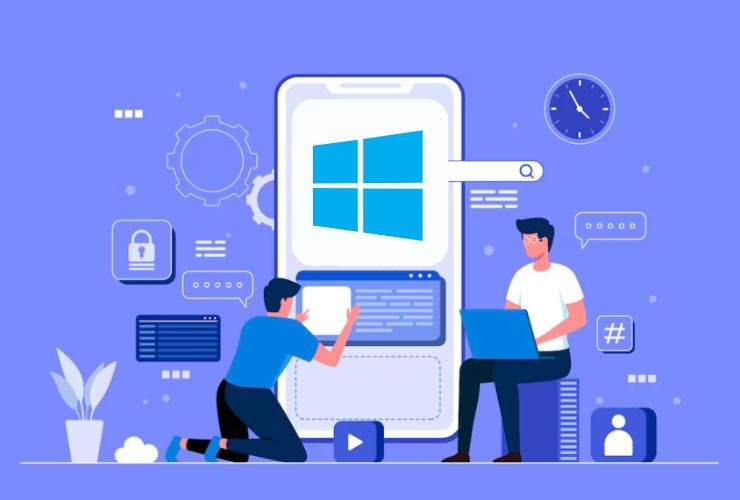Millions of users use Windows applications to complete their daily work, whether for work or just for entertainment or personal activities. Developers therefore have a very significant opportunity in making money through the apps. Making money out of your Windows application, however, is more than just building an attractive application. It’s a matter of selecting the appropriate monetization strategy, optimizing the user experience, and marketing the app. This guide will cover the best approaches to monetize your Windows application for maximum results and revenue generation.
1. Select the appropriate monetization model
There isn’t a ‘one-size-fits-all’ approach to monetization. What works for an app depends entirely on its function, user demographic, and its positioning in the market. Following are some successful methods that developers have used from all over the world:
a. Paid Applications (One Time Purchase)
This is one of the most straightforward monetization methods; users pay a fixed price for downloading your application. Apps providing a unique service or special features can be really effective when asking for an upfront fee.
Advantages:
- Money is made without complicated features immediately.
- Users will be more attached after purchasing something, so it leads to a better engagement with the app.
- No reliance on ads or in-app purchases so that users don’t get an interrupted experience at all.
Disadvantages
- Higher entry barriers as users may be unwilling to pay upfront.
- Pricing is hard to change once the app is released.
Best For:
- Niche apps that provide unique solutions not available elsewhere.
- Productivity apps and utilities with a clear value proposition.
b. Freemium Model
Give a basic version free, and present the option to upgrade to premium for additional features, functionalities, or content. This free-good-better-best model is especially good for those apps that require a large number of users first so that they can then be convinced to pay later.
Advantages
- Free apps attract more users and encourage downloads.
- You can give them a flavor of the whole app, raising chances that they convert into paid users.
- The flexibility to offer tiered pricing or premium add-ons.
Cons
It is not easy to make users pay since making them upgrade to a paid version is not easy
Risk of users not seeing any value in upgrading, resulting in a free user resource with minimal revenue
Best For
Mobile games, photo-editing apps, and productivity tools that provide significant functionality in the paid version.
Apps with wide appeal that can reach a huge audience.
c. In-App Purchases (IAPs)
Users can buy something within the app one time or repeatedly for more features, levels, digital goods, or other content. This model is great for apps that provide continuous value, such as gaming apps or apps with expandable content.
Advantages:
- Possible continuous income through different purchases of the additional content.
- Apps can maximize use of features like new levels, tools, or enhancements.
- Scalable in-app purchases can be made at different price points (consumables, non-consumables).
Cons:
- Requires a compelling reason to justify spending money.
- If there is an imbalance for consumers, they will feel forced into spending money, which can alienate some users.
Best For:
Games, entertainment apps, creative tools, and apps with content that is continuously expanding (for example, fitness apps, educational apps).
d. Subscription Model
Collect a recurring fee, either monthly, quarterly, or annually, to use premium features or services. This model works best for apps that provide an ongoing value by services, updates, or content.
Advantages:
- Predictable, recurring revenue stream that may eventually result in stable cash flow.
- Fosters long-term user retention and engagement.
- Suitable for apps that update continuously or add more value over time.
Drawbacks
- Users won’t commit to subscription payments until such a time as users experience real values.
- Managing subscribers and maintaining will be difficult since users might feel they are receiving not enough for the money.
Best For
Video, audio, podcasts streaming services; productivity software, SaaS applications, and any app whose value increases with regular updates or added content news, fitness, etc. .
f. Advertising
Advertising in your app will add an income stream for free users as you’ll make money based on their engagement with the ads. For instance, Google AdMob, Microsoft Ads, and lots of other platforms give developers the opportunity to place advertisements within their apps easily.
Pros:
- Appropriate for free apps that want to make money without charging users.
- Possible to make some good money if it has a high number of users.
- Variety of ad formats (banner ads, interstitial ads, native ads, video ads) can suit different types of apps.
Cons:
- Ads can disrupt user experience if not well-integrated.
- Users may find ads frustrating, leading to a decrease in retention and engagement.
- App ratings may suffer due to poor ad placement or overwhelming ads.
Best For:
Free apps with high user engagement, such as games, social networking apps, or news aggregators.
2. Leverage the Microsoft Store for Monetization
Microsoft Store is one of the best places for developers to earn money from Windows apps they build. The store features have all built-in support for different monetization models. Here are those features:
- In-App Purchases in Microsoft Store: Ensure your app integrates IAPs with ease using the payment gateway of the Microsoft Store.
- Microsoft Advertising SDK: They enable you to show ads seamlessly within an application and earn money based on actions consumers take.
- Enterprise Licensing: If your app is ready for business usage, you may sell licenses in bulk to a company for in-house use. This way, you can sell them a scalable solution.
Fully leveraging the Microsoft Store’s monetization capabilities lets you tap into its huge user base and implement different revenue generation models easily.
3. Use a Hybrid Monetization Model
Sometimes, a single monetization model may not be enough to fully capitalize on your app’s potential. A hybrid strategy combines multiple revenue-generating methods to maximize your earnings.
For example:
- Offer a freemium version of the app, and provide in-app purchases for unlocking advanced features.
- Run ads for free users, and provide a paid version with ad-free functionality.
- Implement a subscription model for continuous content or services, while offering one-time purchases for premium content.
- Hybrid monetization strategies will enable you to unlock multiple revenue streams and give users several alternatives to pay for their engagement in the application.
4. Optimization of User Experience to Maximize Monetization
In terms of monetization, user experience is the primary anchor to balance the willingness to pay from the user’s end, as you need to keep your users engaged as well as willing to spend money on your application. So, consider the following:
- Avoid invasive ads: Ads should not intrude into the user’s experience. Native advertisements or a banner ad that doesn’t invade content are your options.
- Seamless upgrades: The moving from the free version to the paid version should be smooth and hassle-free. Users should never feel pushed out of the free version and into the paid version but instead are encouraged to upgrade.
- Value-driven pricing: Make sure your in-app purchases, subscriptions, or paid version clearly provides value. Never go for “pay-to-win” schemes that may quickly drive away users.
5. Market Your Windows App Effectively
No matter how excellent your app is, it won’t be successful without adequate publicity. Marketing is what makes the difference between raising awareness and enticing downloads. Here are a few strategies to effectively market your Windows app:
- App Store Optimization: Integrate relevant keywords into your description; upload nice, high-quality screenshots and videos to increase visibility.
- Content Marketing: blog posting, tutorials, and useful guides will help educate or inform would-be users about the value that your app can deliver.
- Social & Influencer Marketing: use this time to promote your app on Facebook, Twitter, LinkedIn, and Instagram and collaborate with a set of influencers to increase your reach.
- Paid Advertising: Run targeted ads through Google Ads, Microsoft Ads, or social media platforms to increase visibility.
6. Track and Optimize Performance
To continually improve your monetization strategy, track the performance of your app and adjust accordingly:
- Use Analytics Tools: Utilize Google Analytics, Microsoft Store Analytics, or custom-built solutions to track downloads, user engagement, and in-app activity.
- A/B Testing: Test various pricing models, ad placements, and features to find out what works best for your users.
- Retention Analysis: Track user retention and make necessary adjustments to ensure your app remains useful for long-term users.
Conclusion
There are three things which make a successful monetization of a Windows app: choosing the right revenue model, offering the best user experience, and effectively marketing your application. Whether it is paid apps, subscriptions, in-app purchases, or advertisements, ensure that your monetization strategy is always in line with your app’s goals and what your users will be needing.
Need expert help in developing and monetizing your Windows app? Empirical Edge Inc. is an expert at creating high-quality, revenue-generating apps. Contact us today to turn your app into a profitable success!

